Ohms Law Practice Problems Worksheet with Answers
If you're looking for a way to practice and reinforce your understanding of Ohm's Law, then this Ohm's Law Practice Problems Worksheet with Answers is just what you need. This worksheet is designed for anyone who wants to solidify their knowledge of electrical circuits, resistance, voltage, and current. With a variety of practice problems and detailed solutions, this worksheet provides a great opportunity for learners to become more confident in applying Ohm's Law to real-world scenarios.
Table of Images 👆
- Ohms Law Worksheet Answers
- Ohms Law Practice Problems Worksheet
- Ideal Gas Law Worksheet Answers
- Ohms Law Worksheet Answer Key
- Hesss Law Worksheet Answer Key
- Ohms Law Parallel Circuit Problems
- Charles Law Worksheet Answers
- Parallel Circuit Problem Worksheet
- Ohms Law Problems Worksheet
- Series Parallel Circuit Worksheet Answers
- Power and Ohms Law Problems
- Series Parallel Circuit Problems Worksheet
More Other Worksheets
Kindergarten Worksheet My RoomSpanish Verb Worksheets
Cooking Vocabulary Worksheet
DNA Code Worksheet
Meiosis Worksheet Answer Key
Art Handouts and Worksheets
7 Elements of Art Worksheets
All Amendment Worksheet
Symmetry Art Worksheets
Daily Meal Planning Worksheet
What is Ohm's Law?
Ohm's Law states that the current flowing through a conductor between two points is directly proportional to the voltage across the two points, as long as the temperature remains constant. This relationship is quantified by the formula I = V/R, where I is the current in Amperes, V is the voltage in Volts, and R is the resistance in Ohms.
What is the equation for Ohm's Law?
Ohm's Law is represented by the equation V = I * R, where V stands for voltage, I represents current, and R represents resistance.
If a circuit has a resistance of 10 ohms and a current of 2 amperes, what is the voltage across the circuit?
The voltage across the circuit can be calculated using Ohm's Law, which states that voltage (V) equals current (I) multiplied by resistance (R). In this case, with a resistance of 10 ohms and a current of 2 amperes, the voltage across the circuit would be V = I * R, which gives V = 2 A * 10 ?, resulting in a voltage of 20 volts.
If a circuit has a voltage of 12 volts and a current of 3 amperes, what is the resistance of the circuit?
The resistance of the circuit can be calculated using Ohm's Law, which states that resistance (R) equals voltage (V) divided by current (I). So, in this case, the resistance would be 12 volts divided by 3 amperes, which equals 4 ohms.
If a circuit has a voltage of 24 volts and a resistance of 6 ohms, what is the current flowing through the circuit?
To calculate the current flowing through the circuit, you can use Ohm's Law, which states that current (I) equals voltage (V) divided by resistance (R): I = V / R. Plugging in the values from the circuit (V = 24 volts, R = 6 ohms), the current flowing through the circuit would be 4 amperes (24 volts / 6 ohms = 4 amperes).
How does increasing the resistance in a circuit affect the current flow?
Increasing the resistance in a circuit will decrease the current flow. This is because as resistance increases, it hinders the flow of electrons, causing the current to decrease according to Ohm's Law (I = V/R). Higher resistance requires more voltage to maintain the same current flow, so as resistance increases, current decreases in the circuit.
How does decreasing the resistance in a circuit affect the current flow?
Decreasing the resistance in a circuit will result in an increase in the current flow. According to Ohm's Law (I = V/R), when resistance decreases, the current will increase as long as the voltage remains constant. This is because with less resistance, there is less opposition to the flow of electric current, allowing more electrons to pass through the circuit.
How does increasing the voltage in a circuit affect the current flow?
Increasing the voltage in a circuit will generally lead to an increase in the current flow through the circuit, given that the resistance remains constant. This relationship is described by Ohm's Law, which states that current is directly proportional to voltage when resistance is held constant. Therefore, higher voltage will result in a higher current flow through the circuit.
How does decreasing the voltage in a circuit affect the current flow?
Decreasing the voltage in a circuit will result in a decrease in the current flow. This is because voltage and current are directly proportional according to Ohm's Law. When the voltage is reduced, there is less electrical potential to push the electrons through the circuit, leading to a decrease in the current flow.
What are the units for resistance, voltage, and current in the SI system?
The unit for resistance in the SI (International System of Units) system is the ohm (?), for voltage it is the volt (V), and for current it is the ampere (A).
Have something to share?
Who is Worksheeto?
At Worksheeto, we are committed to delivering an extensive and varied portfolio of superior quality worksheets, designed to address the educational demands of students, educators, and parents.




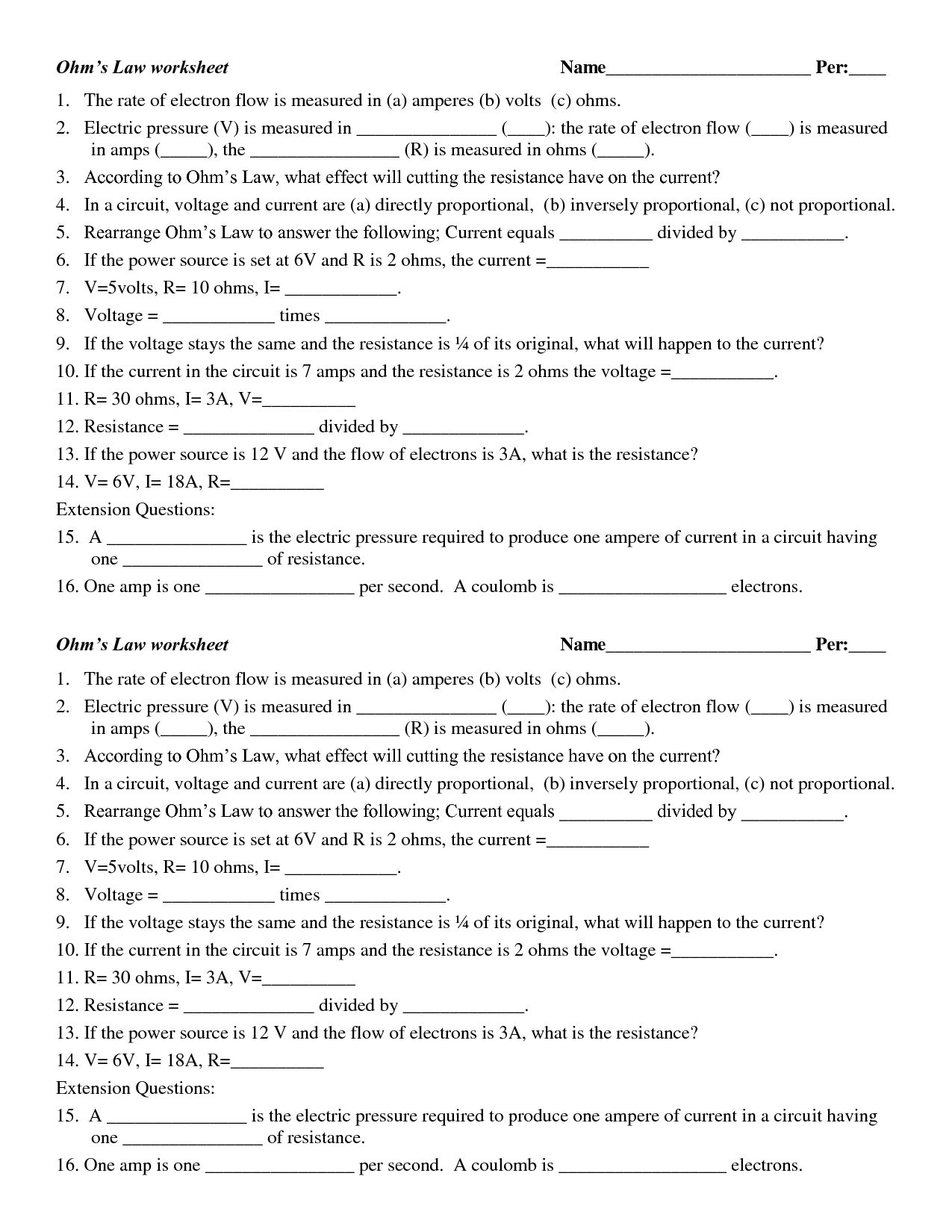
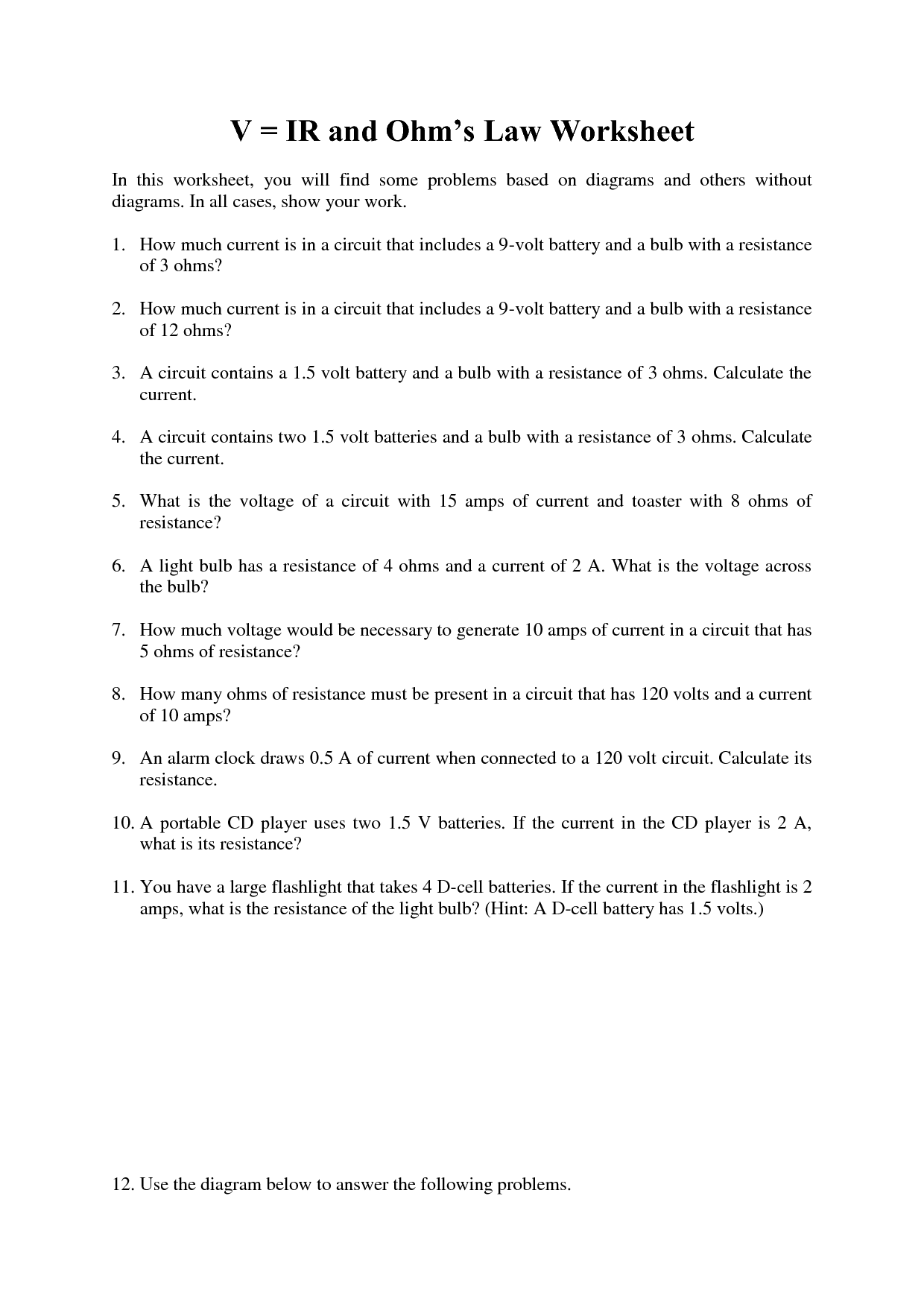
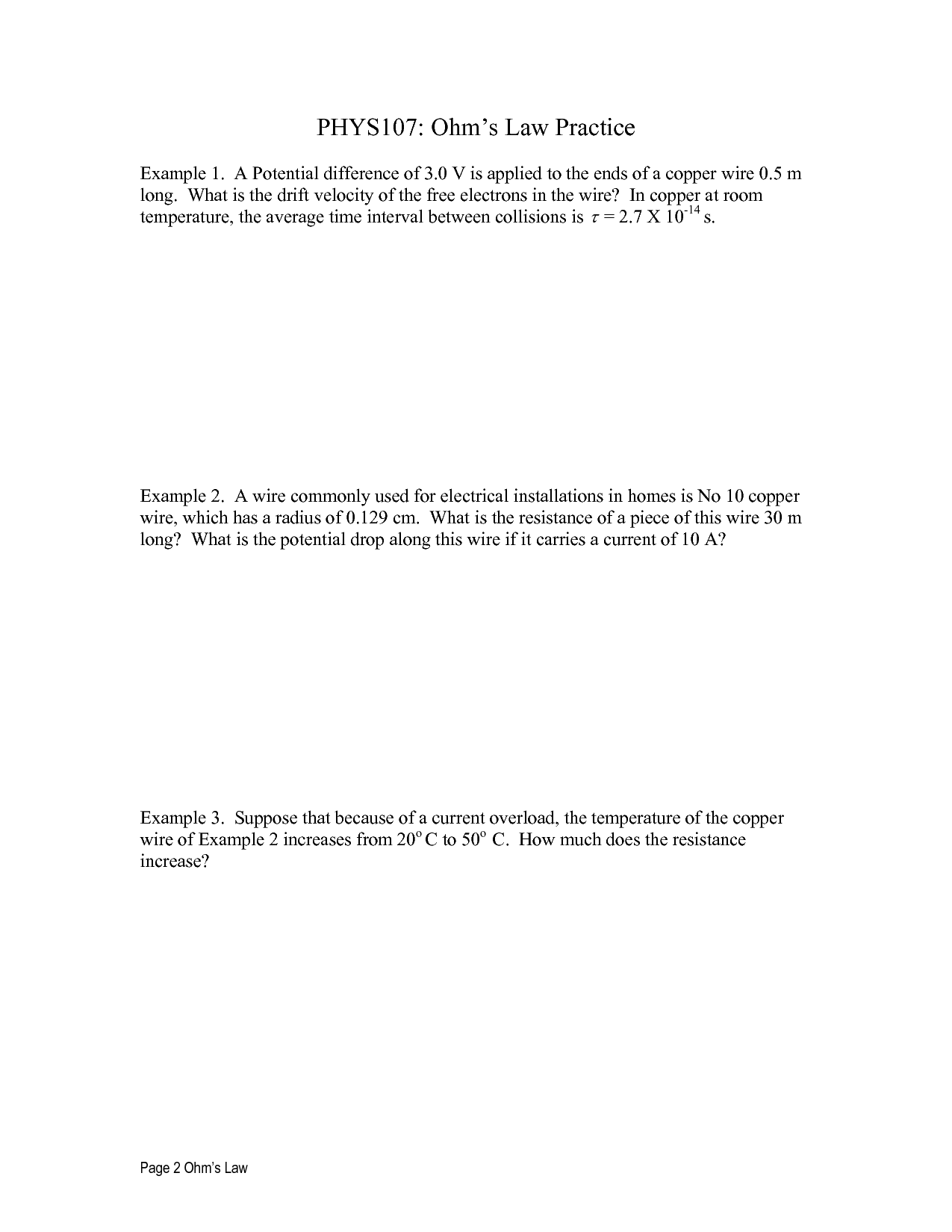
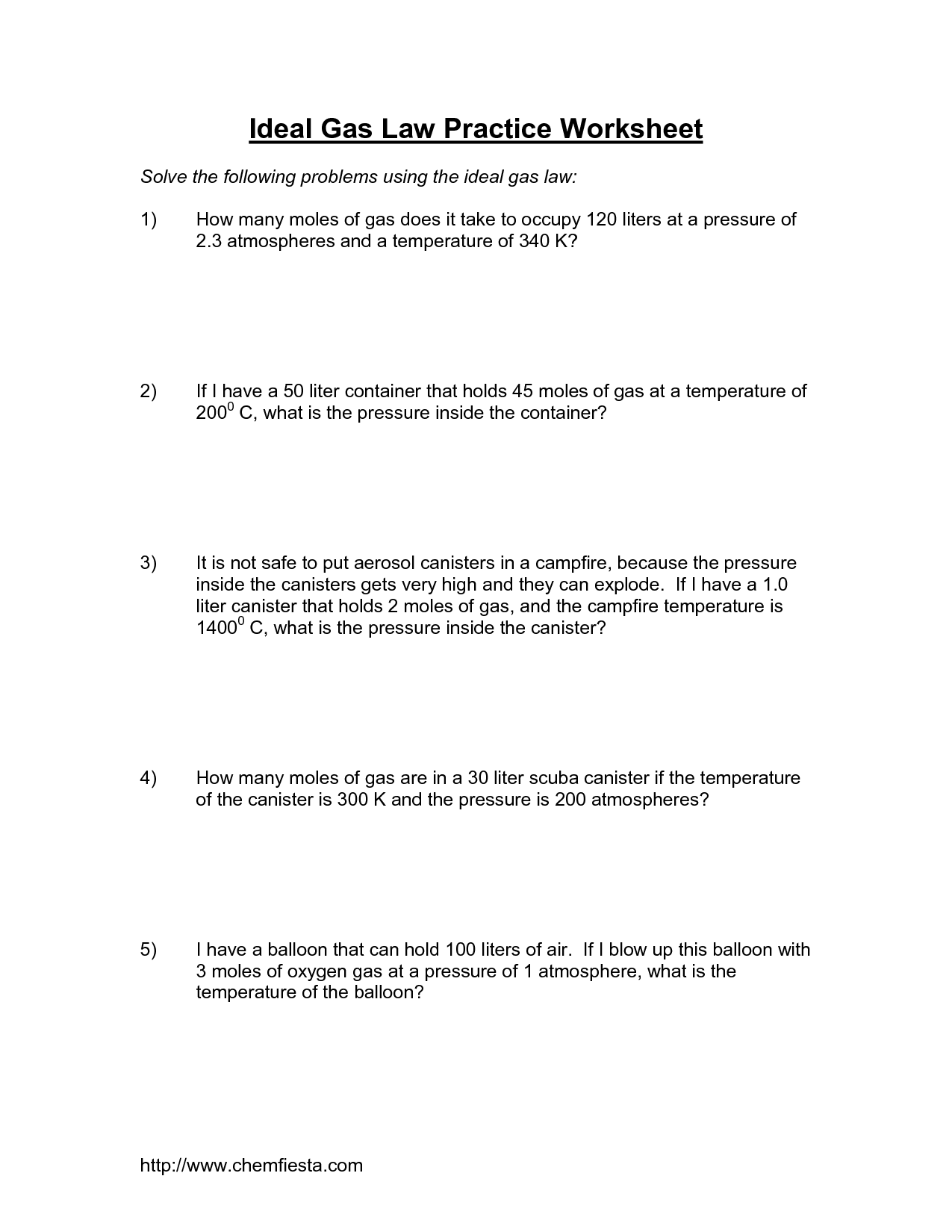
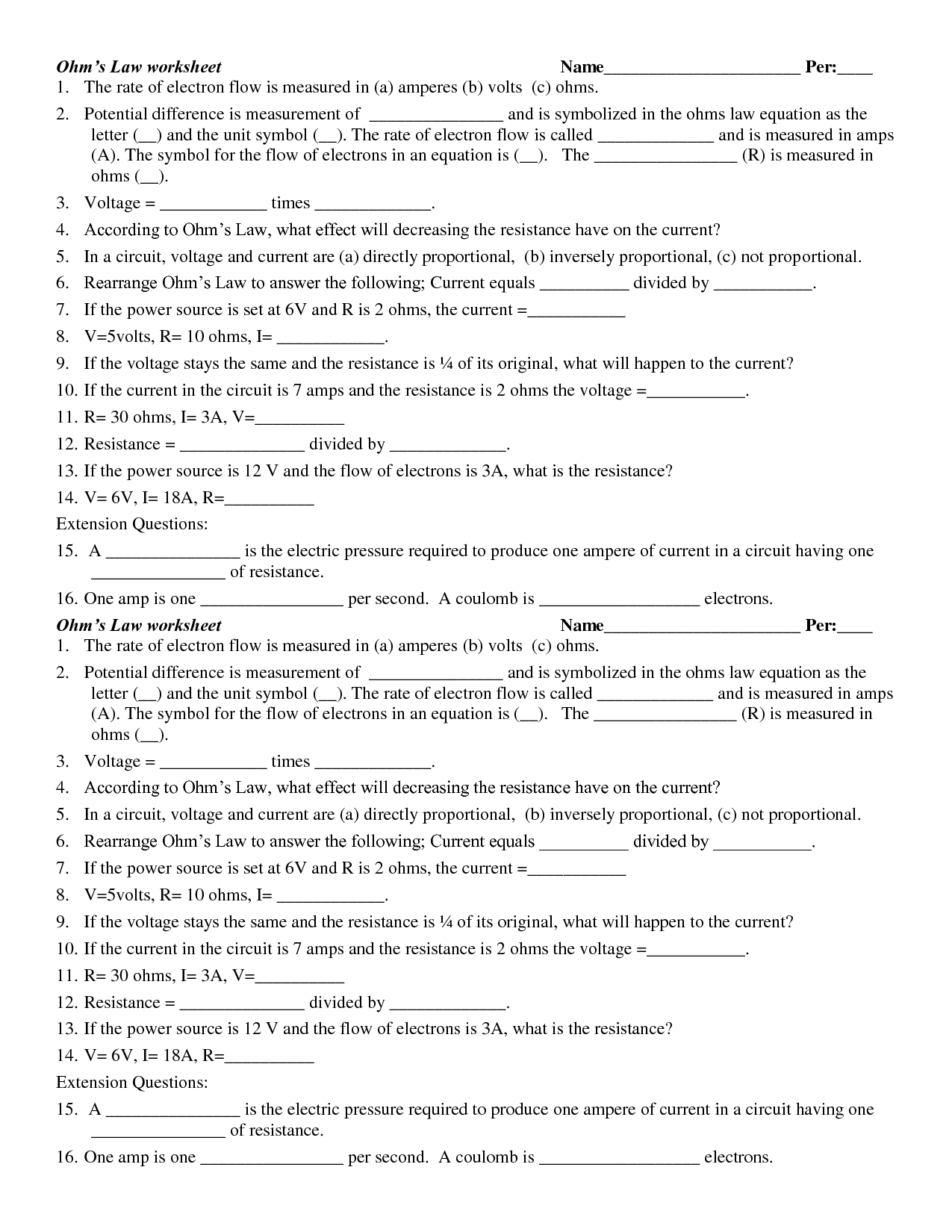
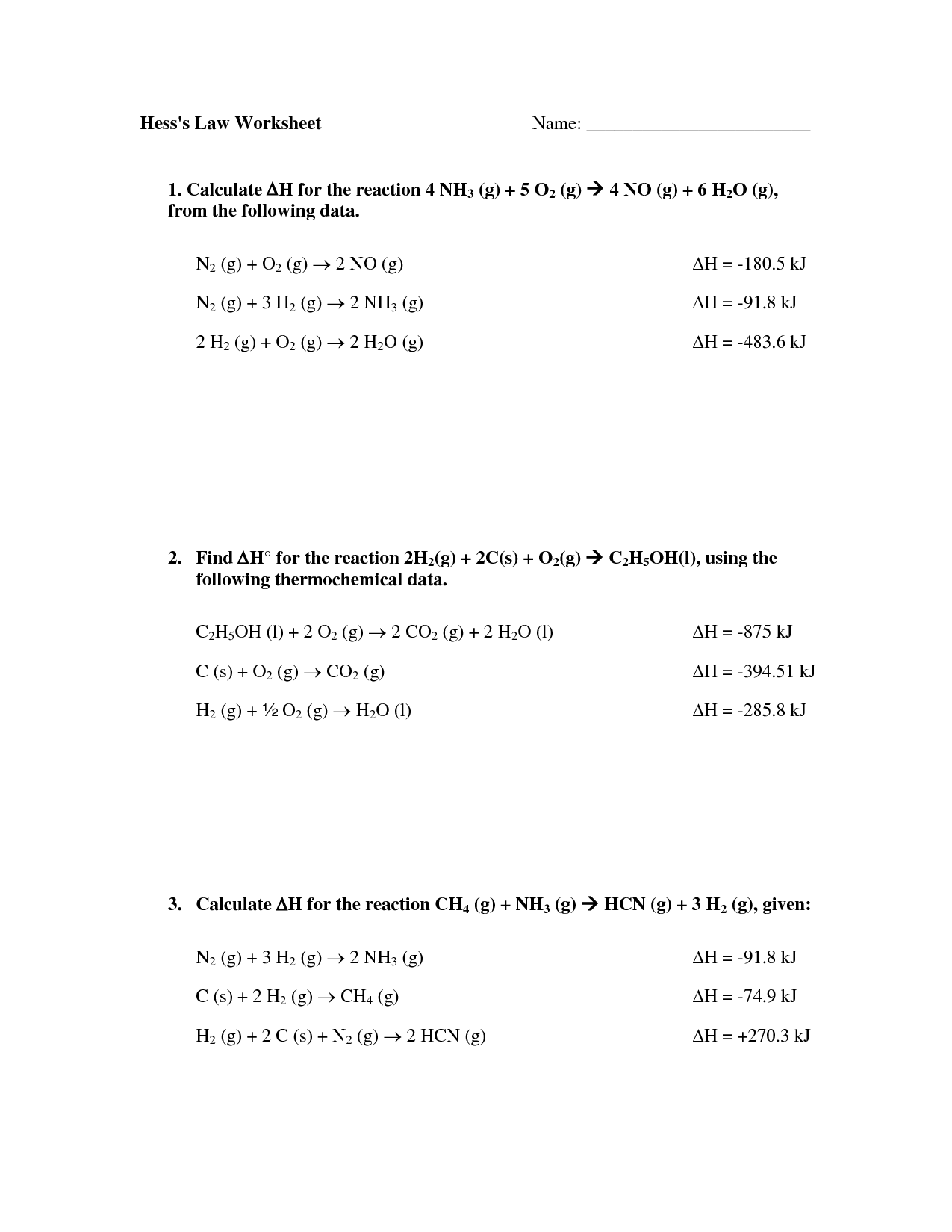
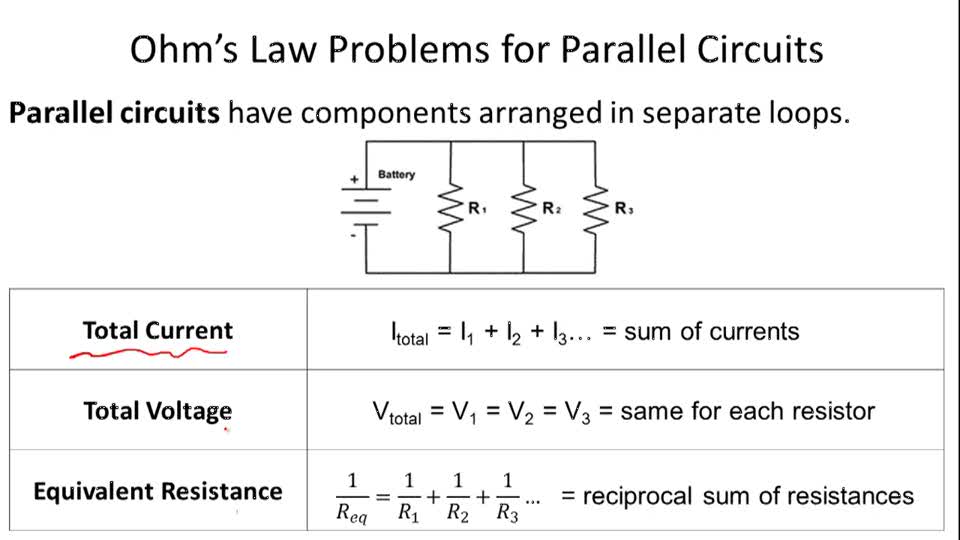
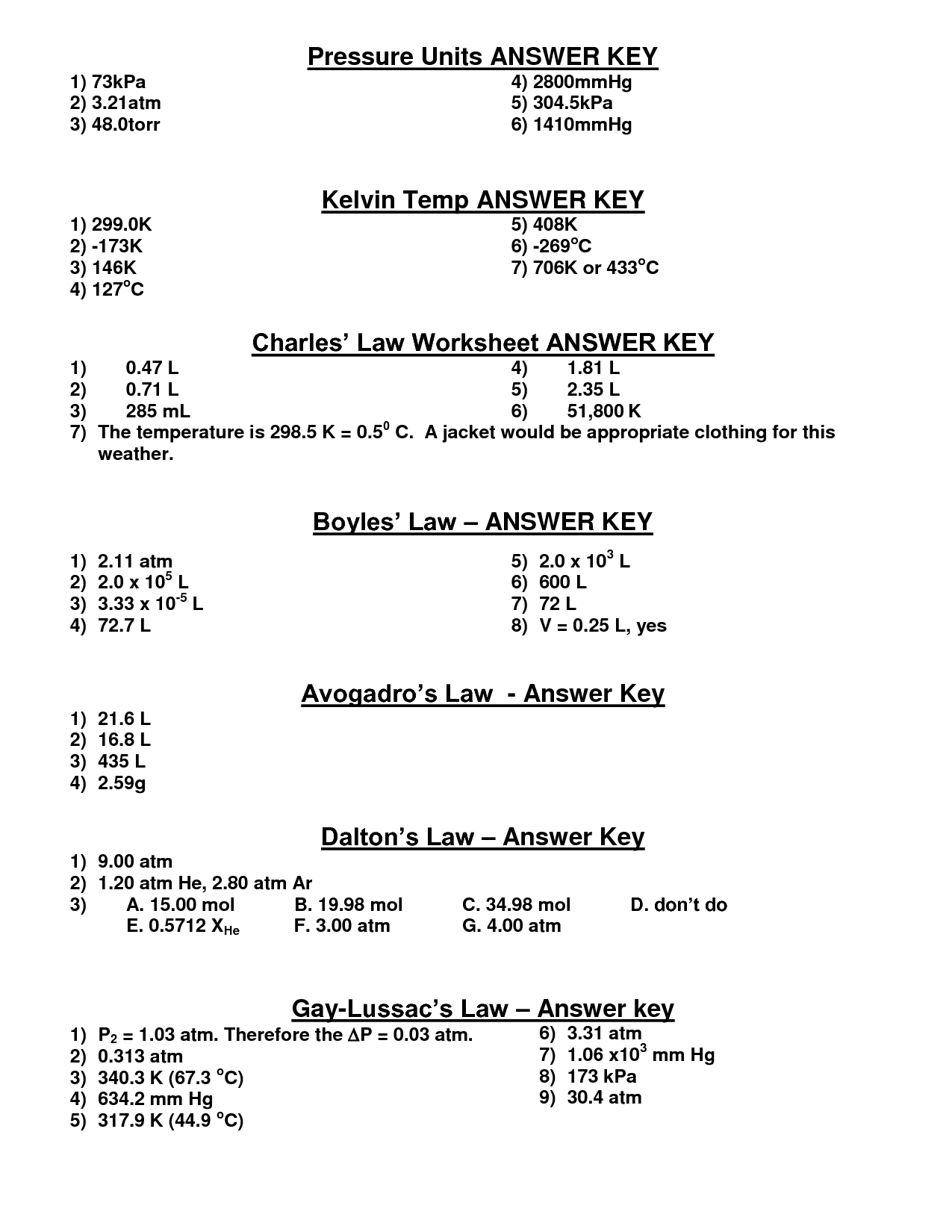
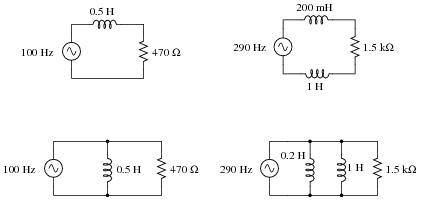
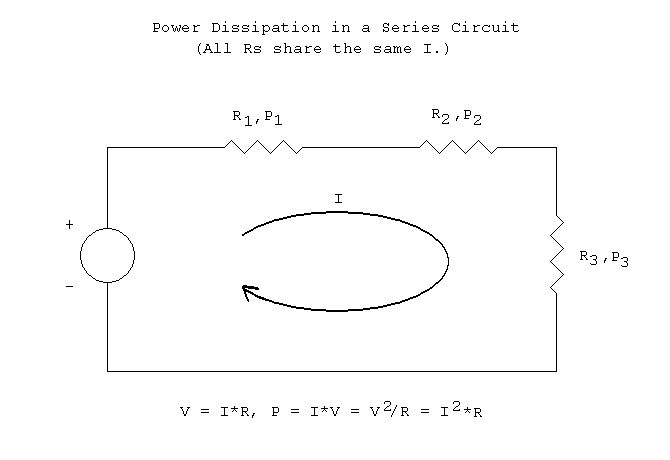
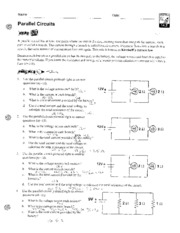
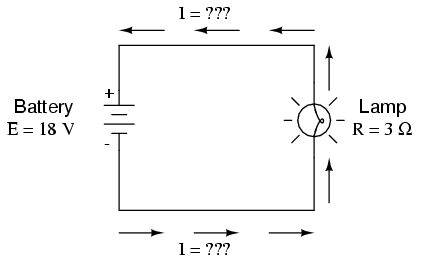
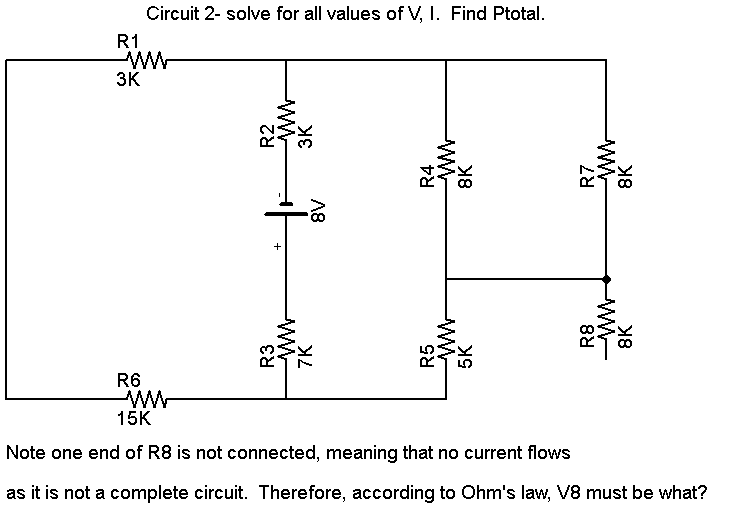














Comments